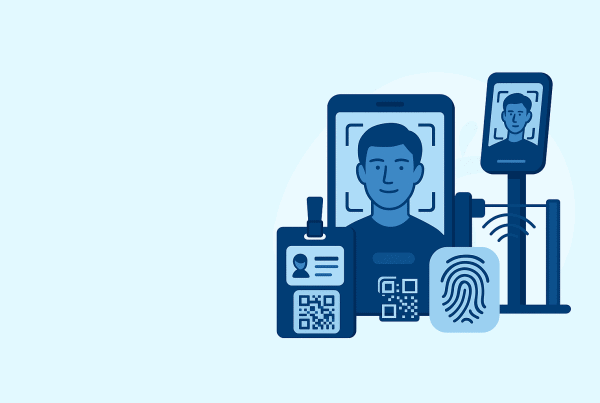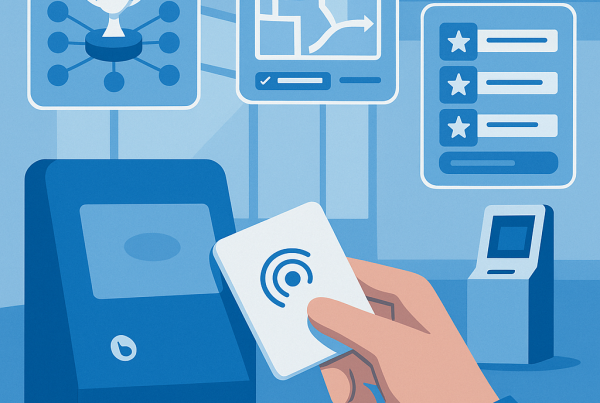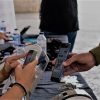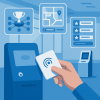Your event is over? You did it! But once it takes a lot of time and effort to plan and host, it makes sense to measure your event ROI in order to understand how successful your event has been. We’ll show you how to analyse your event success and demonstrate return on investment.
How to get event data & stats?
Digitizing your event through lead capture technology is the only way to collect reports & analytics in order to measure your event ROI. Old-fashioned testimonials are a thing of the past!
With the beamian solution, you’ll be able to get a booklet with all the event data after it ends, so you can plan future editions based on the collected information. We’re talking about a kind of a spreadsheet that gathers all the interactions that happened during the event, in a way you can see what attendees really engaged in.
But to get to the point – this is enhanced through lead capture technology. While interactions between attendees and exhibitors get registered in a digital way, the beamian platform stores all the information in real-time and prepares it to be exported.
Imagine each attendee has an unique ID card (commonly called smart badge) and each company has a unique electronic identifier (what we called beamer). Now try to visualize what happens when an attendee brings his smart badge closer to an exhibitor’s beamer via contactless technology (RFID) – there you have your touch point! And that action means that the attendee decides, knowingly and voluntarily, to share their information with a certain company. That’s why the leads are highly-qualified, and that’s why this process replaces the traditional business cards, being capable of deliver information in an organized way.
This got you curious? Get to know exactly how lead capture technology can work for your next event.
What is RFID and how it works?
RFID means “radio-frequency identification” and you can think of it as you think on your contactless bank card. It works based on a unique chip that is incorporated on each attendee’ smart badge (it could be a smart wristband, a smart wine glass or a simple ID card). Then, they just need to use their smart badge at physical touch points to interact with exhibitors and enhance their event experience.
However, there are also plenty of other technological tools for collecting data at trade shows, such as QR codes or event apps. Read about the advantages and disadvantages of QR codes and smart badges.
What data can I get from lead capture technology?
First things first, you need to be really clear on what you want to achieve by hosting an event. So, ask yourself what success looks like and what metrics you would like to collect during and after your event.
During the event
- The number of registrations and their personal info (learn more about a successful event registration strategy);
- The number of attendees (which allows you to calculate your attendance rate);
- Real time information about the number of people attending specific event areas and how long they stayed there;
- How many sessions each participant attended;
- The most popular sessions / exhibitors / brands;
- The number of captured leads per exhibitor / brand;
- The number of attendees who interacted with a company through specific sessions / activities;
- The peak hours of your event and specific sessions / areas.
The best part is that, by analyzing all this relevant information, you can deduct something bigger like the buyer’s journey a potential lead went before becoming a qualified one.
After the event
After the event is over, your exhibitors can (and should!) continue to communicate with the participants that shared their personal data with them (you see, event lead capture it’s even GDPR compliant). These are the most typical follow-up actions to gather post-event feedback carried out by the sales teams:
- Personalized newsletters (based on the shared data);
- NPS surveys;
- Business-related questions that weren’t answered during the event.
The beamian solution uses event technology to create effective data touch points at all types of events, in order to generate qualified leads, capture relevant information and quantify the event success.








